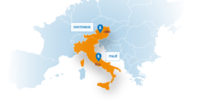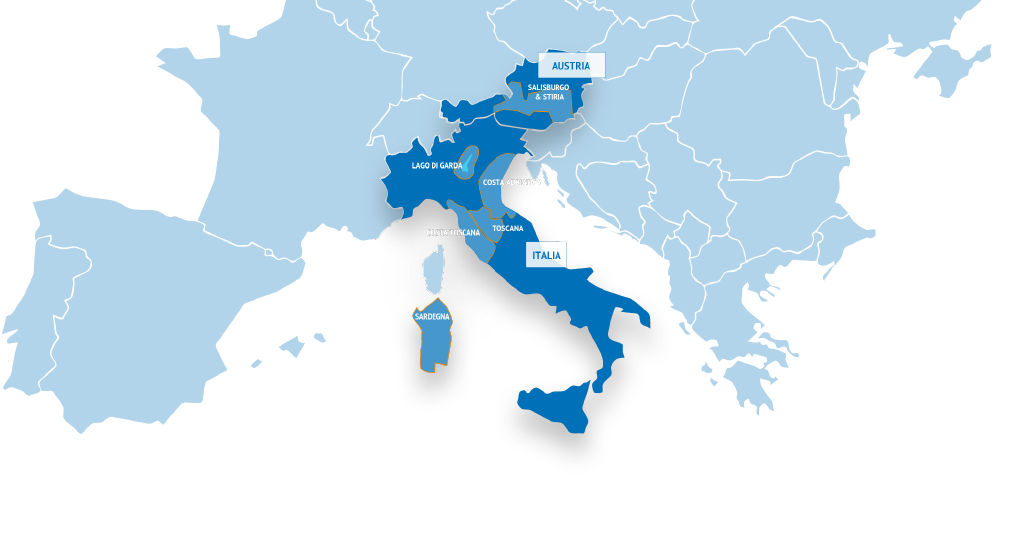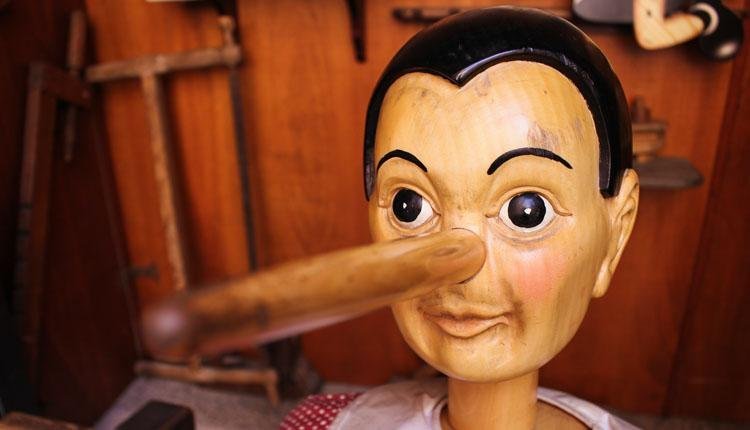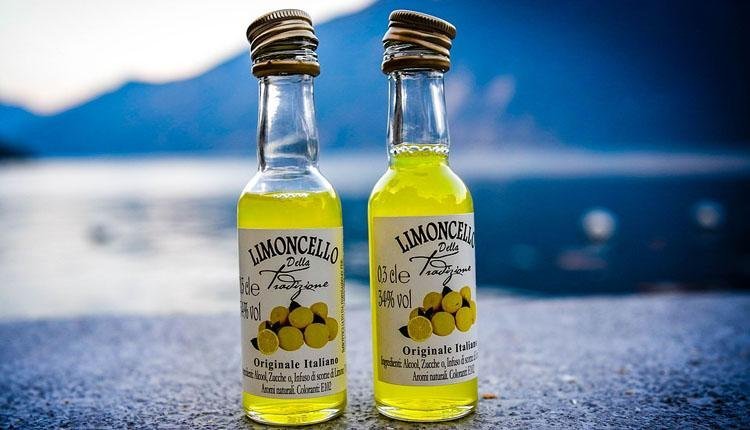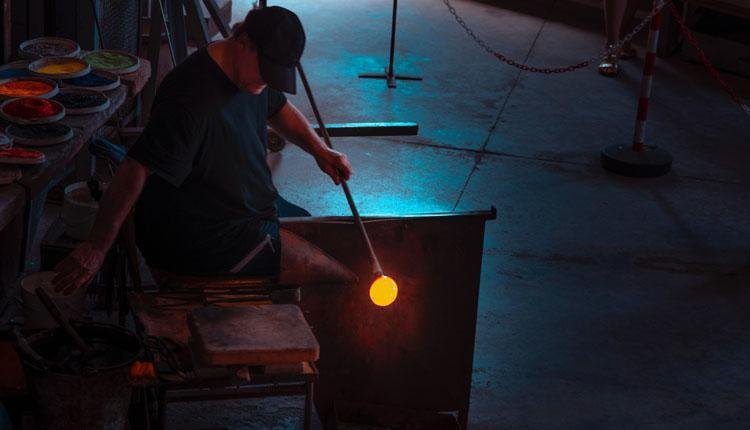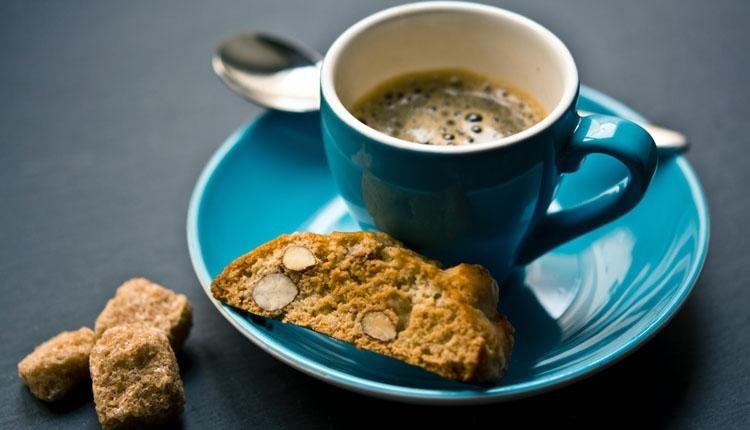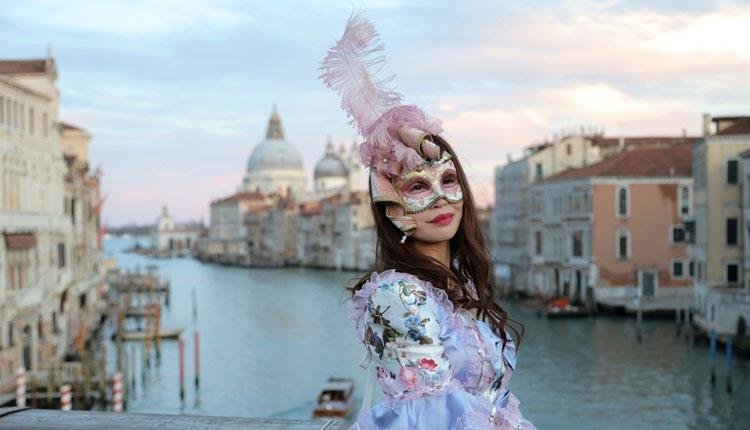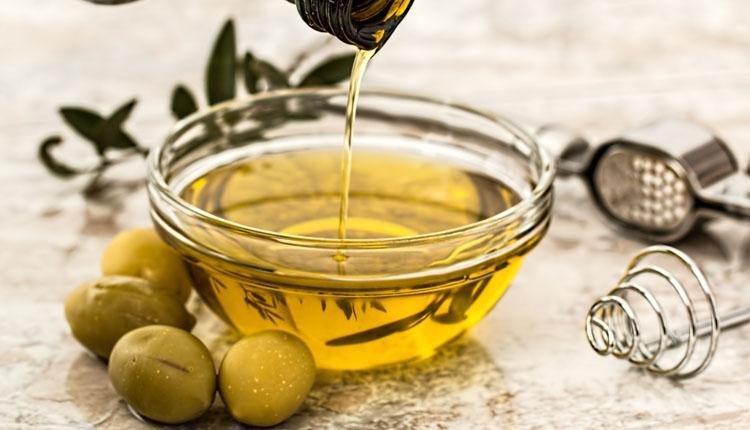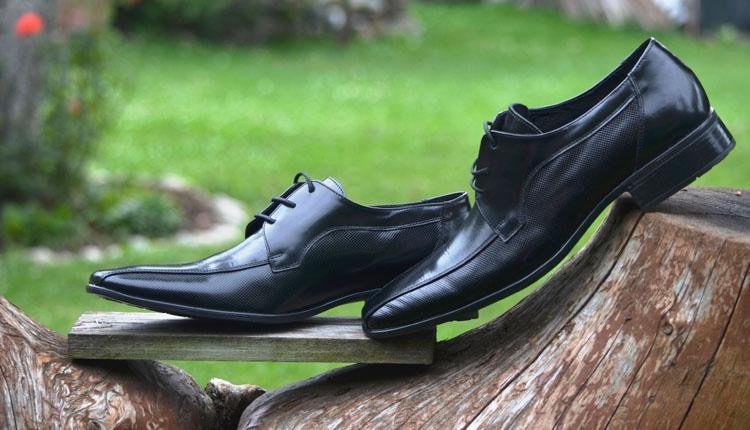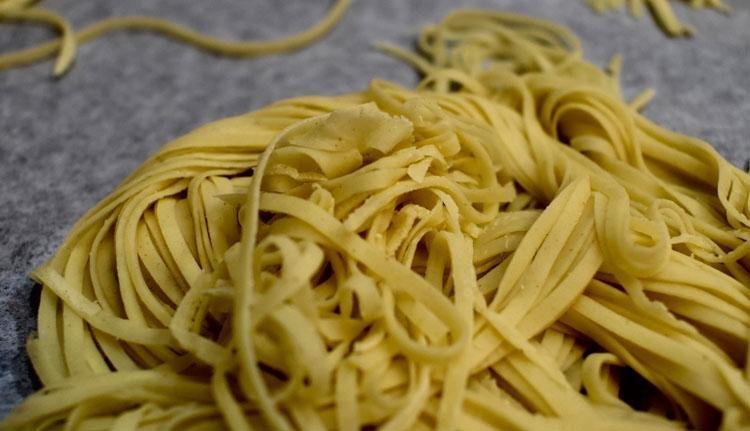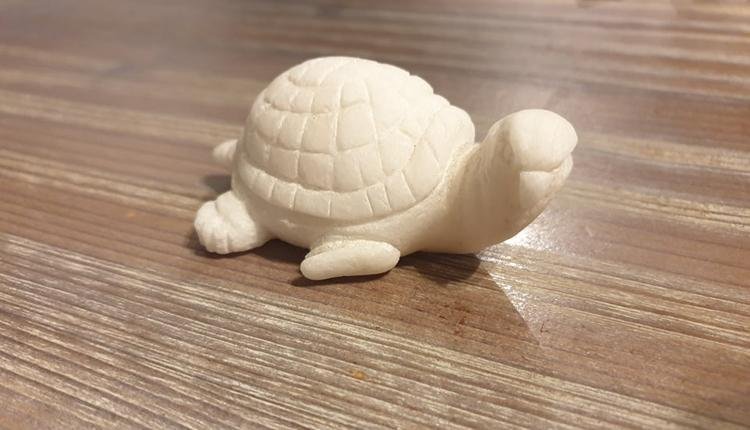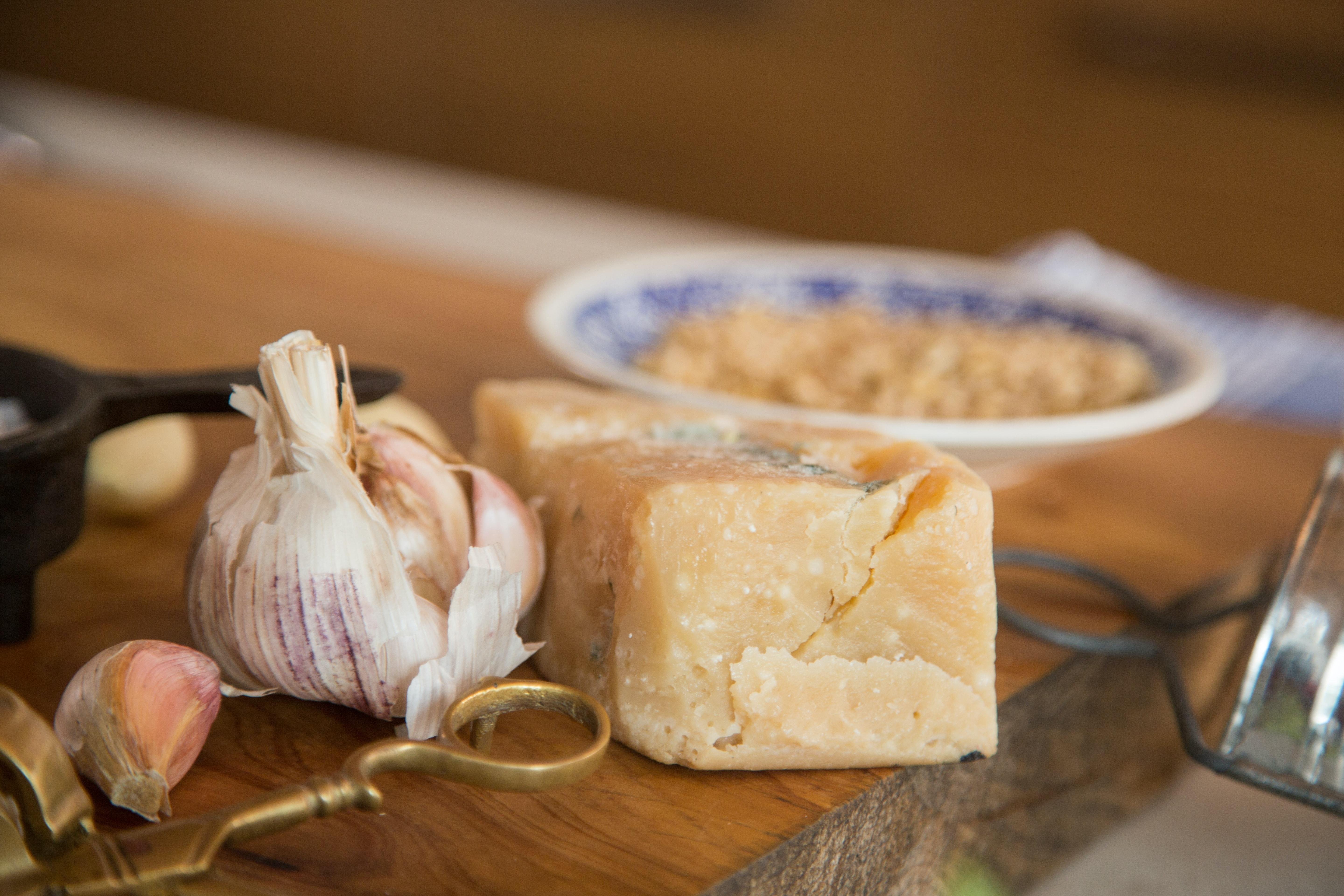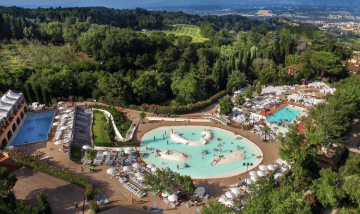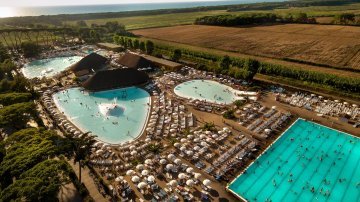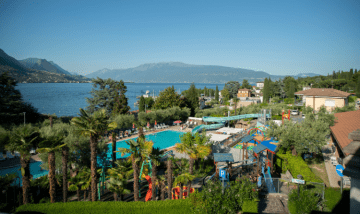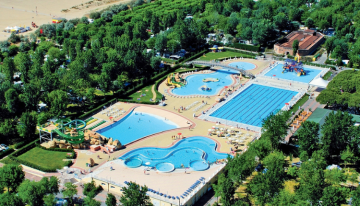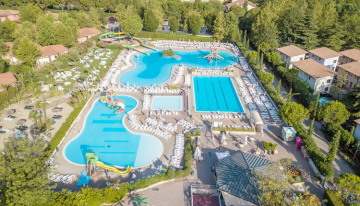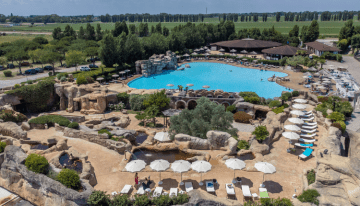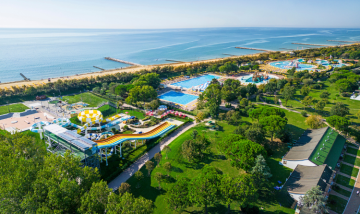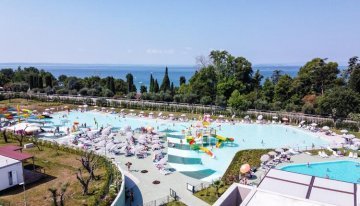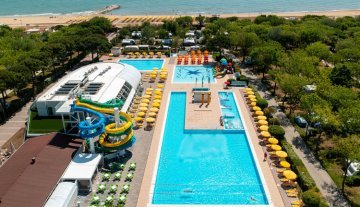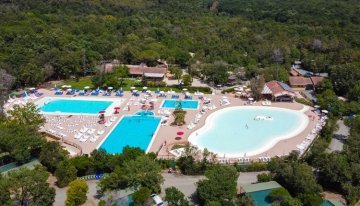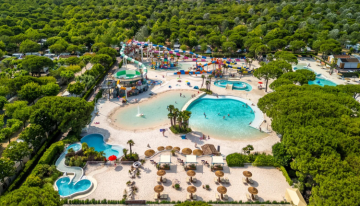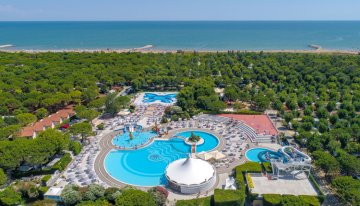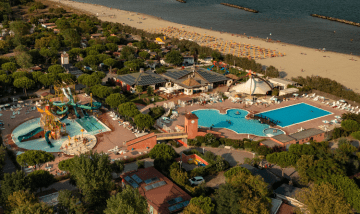Top 10 dei souvenir tipici dall’Italia
<i>Quando si è in vacanza, non c'è niente di più piacevole che portare a casa dei souvenir per chi è rimasto a casa o anche per sé stessi. Non sai cosa prendere? Gustocamp ti propone alcuni esempi ispiratori!</i>
1. Pinocchio dalla Toscana
Se passeggi per le città di Volterra, Firenze, San Gimignano o altre città toscane, difficilmente ti sfuggirà Pinocchio! Pinocchio proviene dalla città di Collodi, che è anche il luogo di nascita della madre dello scrittore, che lui stesso nacque e crebbe a Firenze. Il nome dello scrittore è Carlo Lorenzini. Gli italiani sono ancora molto orgogliosi di questa storia, ed è comprensibile! Pinocchio è infatti famoso in tutto il mondo! Qui sono talmente orgogliosi che è stato costruito un vero e proprio parco dedicato a Pinocchio, dove si possono trovare tutti i personaggi della storia e imparare molto sulla sua evoluzione. Il parco comprende anche alcune attrazioni da luna park e un bel parco giochi per bambini piccoli.2. Limoncello: fresco liquore al limone
Chi non lo conosce? Il delizioso liquore al limone, che viene bevuto preferibilmente ben freddo dopo un pasto. Il limoncello è prodotto nel sud Italia, e tradizionalmente viene preparato con limoni della regione di Sorrento. Successivamente, sono stati utilizzati anche limoni provenienti da altre regioni. Il limoncello è fatto da molti italiani in casa. Per il miglior risultato, è consigliato utilizzare alcol puro al 96%. Il limoncello contiene dal 30 al 35% di alcol. 15 anni fa veniva servito a temperatura ambiente, ma oggi viene servito ghiacciato. Il limoncello è più buono quando viene servito direttamente dal congelatore.3. Vetro di Murano colorato
Nel XX secolo, tutti i soffiatori di vetro furono obbligati a trasferirsi a Murano, così come tutte le fornaci. Già sull'isola di Murano c'erano dei soffiatori di vetro attivi. Quando tutti i soffiatori da Venezia si trasferirono a Murano, si formò anche una vera e propria associazione. Chiunque praticasse l'arte del vetro doveva farne parte. Se qualcuno voleva praticare altrove, veniva severamente punito. I segreti e le ricette della produzione del vetro venivano tramandati di generazione in generazione. Il vetro di Murano, come il vetro comune, è fatto di sabbia. Oggi, sull'isola, si possono anche seguire corsi di soffiatura del vetro. Il vetro di Murano è ancora molto popolare tra i turisti, grazie ai suoi disegni e colori vivaci.
4. Biscotti Cantuccini
I cantuccini sono tipici biscotti italiani alle mandorle. Questi biscotti contengono molti ingredienti: non solo mandorle, ma anche amaretto, farina, zucchero, cardamomo, cannella, anice stellato e chiodi di garofano. Quando vengono preparati in casa, devono essere cotti due volte, proprio come i biscotti secchi. I cantuccini vengono spesso serviti come dessert con il Vin Santo. Questi biscotti vanno accompagnati da un vino dolce da dessert. Un tempo, il Vin Santo veniva utilizzato come vino da messa, ma il prete non mangiava mai i biscotti con esso!5. Maschere Veneziane
Le maschere veneziane sono tipiche del Carnevale di Venezia. Sono indossate sin dal 1296. Non è chiaro come siano nate. Nei negozi si possono trovare diverse maschere. Le più famose sono la Dottore Peste, Bauta e Moretta. Ti sei mai chiesto cosa significano?
• La Dottore Peste veniva indossata dai medici che trattavano i malati di peste. Queste maschere avevano un grande becco, che serviva a proteggere dal cattivo odore e per evitare il contagio. All'interno, i medici vi mettevano dei fazzoletti profumati.
• La Bauta è una maschera bianca con una punta sotto il naso che copre la bocca. Questa maschera rappresenta l'intrigo, il mistero e i segreti. Viene indossata spesso con un mantello nero e un cappello.
• La Moretta ha origini francesi. Questa maschera in velluto nero è ovale e copre l'intero viso. Viene spesso abbinata a veli e cappelli. Sono maschere fatte solo per le donne.
Le maschere si trovano in quasi tutti i negozi di souvenir e i prezzi variano tra i 15 e i 200 euro. Le maschere più semplici sono generalmente più economiche, mentre quelle autentiche costano di più.
6. Olio d'oliva extra vergine
L'olio d'oliva viene prodotto principalmente in Toscana, dove si trovano campi pieni di ulivi. Puoi acquistarlo nei supermercati, ma lo trovi anche facilmente lungo le strade. L'assortimento è molto ampio, con varianti aromatizzate con peperoncino, rosmarino, aglio, timo, arancia e tartufo. L'olio extra vergine di oliva è il prodotto ottenuto dalla prima spremitura, ed è la qualità più pregiata.7. Scarpe italiane
L'Italia è il paradiso della moda, ma anche delle scarpe. Quando pensi alle scarpe italiane, pensi a calzature costose, lussuose e fatte a mano. Quasi tutti possiedono un paio di eleganti e stilose scarpe italiane. C'è una vasta gamma di calzature, dalle décolleté ai sandali. La maggior parte delle scarpe italiane è fatta di pelle, ed è proprio per questo che sono così rinomate.8. Pasta in tutte le forme, colori e dimensioni
La pasta è disponibile in tutte le forme, colori e dimensioni. Le varianti di colore sono verde, bianca e rossa, proprio come i colori della bandiera italiana! Esistono moltissimi tipi di pasta: ravioli, penne, spaghetti, fusilli, farfalle e tortellini. Ogni tipo di pasta si abbina a una salsa diversa. Le penne sono sempre servite con sugo di carne, i tortellini sono spesso ripieni di formaggio, carne macinata o prosciutto crudo. I ravioli sono una pasta ripiena, solitamente servita con sugo di pomodoro, e possono essere riempiti con carne, pesce, pollo, formaggio o verdure. Le farfalle, dette anche pasta a forma di farfalla, si abbinano con quasi tutte le salse. I fusilli, a forma di spirale, sono disponibili in vari colori e sono perfetti per essere usati nelle insalate di pasta.
9. Pietra di alabastro
L'alabastro viene estratto a Volterra, che è l'unico posto in Italia dove si trova. L'alabastro è una pietra calcareo-morbida che può essere lavorata in bellissime opere d'arte. Passeggiando per la città, troverai quasi tutti i negozi che vendono pietre di alabastro, gioielli e statuette. Nel XVII e XVIII secolo, gli artigiani riscoprirono l'antica arte della lavorazione dell'alabastro. Esistono 4 tipi di alabastro: scaglione, bardiglio, pietra a marmo e agato. La differenza tra questi dipende dal colore. L'alabastro scaglione è quasi trasparente, mentre il bardiglio è di colore grigio, la pietra a marmo è bianca e somiglia molto al marmo. Infine, l'agato è un alabastro marrone, a volte con una tonalità rossastra.10. Parmigiano Reggiano e Grana Padano
Gli italiani sono grandi amanti del formaggio! I due formaggi più noti sono il Parmigiano Reggiano e il Grana Padano. Sono deliziosi sulla pasta, ma anche da mangiare da soli. Il Parmigiano Reggiano proviene dalla regione di Parma e ha un lungo periodo di stagionatura. Il Grana Padano prende il nome dalla Pianura Padana e viene prodotto in quasi tutta l'Italia settentrionale, dalla Pianura Padana alle Dolomiti. Entrambi i formaggi sono disponibili in confezioni sottovuoto, così puoi portarli facilmente con te.Puoi prenotare la tua vacanza estiva con Gustocamp! Hai bisogno di un consiglio personalizzato? Chiama uno dei nostri colleghi dell'ufficio Gustocamp dal lunedì al venerdì, dalle 9:00 alle 17:00, al numero telefonico 0039 3663051143, oppure invia un'email a .
Lees verder
Read more
Weiter Lesen
Leggi di più








